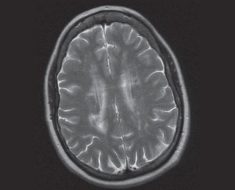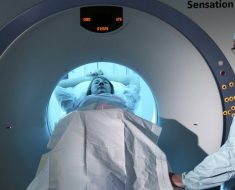In the largest population genomics investigation to date, a team of researchers at the Icahn School of Medicine at Mount Sinai, Stanford University, and the University of Colorado have discovered that kidney disease risk variants of the gene APOL1, previously known to affect African and African American populations, are also found at appreciable frequencies in Caribbean and Latin American populations. Because these populations are historically under-studied and under-tested in connection with APOL1, the gene’s impact on these populations is currently unknown. The findings were described in a publication released today in The New England Journal of Medicine.
Risk variants in the APOL1 gene were first discovered in African Americans. Consequently, much of the research studies and clinical trials that followed have been heavily focused on self-reported African or African American populations. Knowing this, researchers in the study decided to link genetic and demographic data spanning more than 110 populations, leading to the discovery of APOL1 risk variants in other populations who share ancestry from Africa, such as those who are Hispanic or Latino.
“This finding is crucial in early detection of at-risk individuals who may not be indicated for genetic screening due to self-reporting of ethnic origins, but may still be at high risk due to the presence of APOL1 risk variants,” said Girish Nadkarni, MD, Assistant Professor of Medicine (Nephrology) at the Icahn School of Medicine and first author of the study. “It is important to more fully understand the global distribution of these variants based on country of origin and genetic ancestry rather than self-reported race/ethnic group.”
Knowing that the APOL1 risk is present in these populations could help physicians tailor treatment more closely to their needs, an example of the approach known as precision medicine. The team’s data also provides a centralized resource to help the medical community better understand at-risk kidney disease populations worldwide.
Source: Read Full Article





